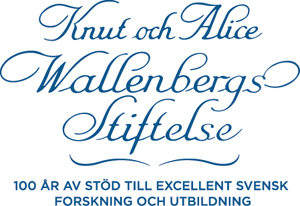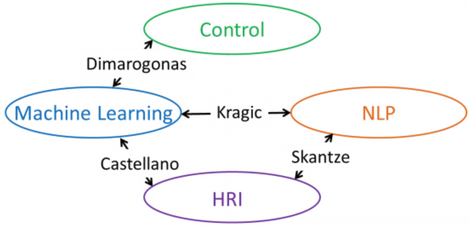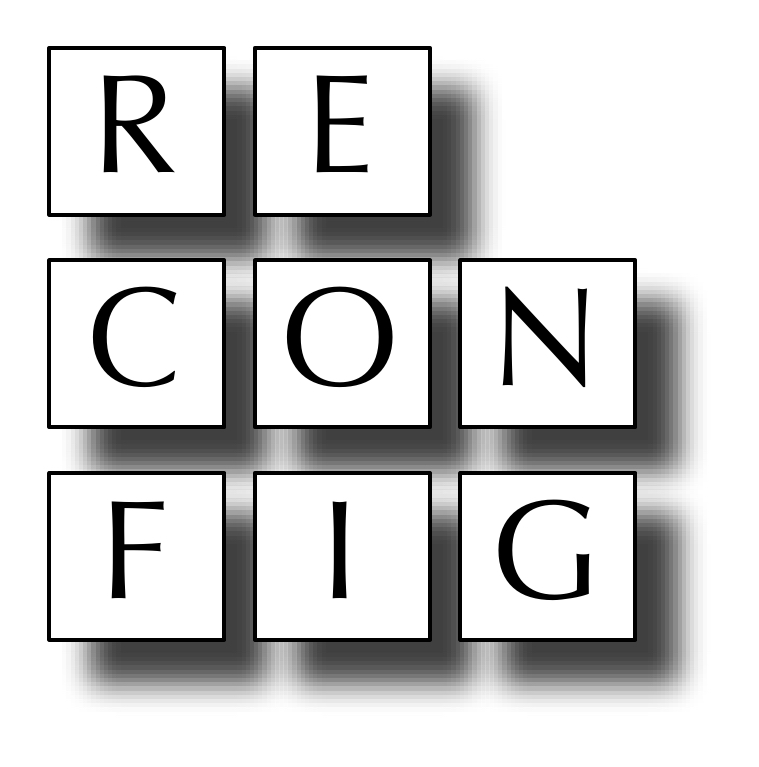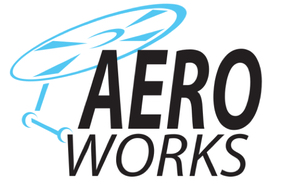Projects
Current Projects
|
|
CANOPIES: H2020 EU project The goal is to develop a novel collaborative human-robot paradigm in the field of precision agriculture for permanent crops where farmworkers can efficiently work together with teams of robots to perform agronomic interventions, like harvesting or pruning in table-grape vineyards. |
EIC Horizon Europe SymAware
 |
SymAware: Horizon Europe project titled Symbolic logic framework for situational awareness in mixed autonomy. The goal is to provide a novel conceptual framework for situational awareness in multi-agent systems that is compatible with the internal models and specifications of robot agents and that enables safe simultaneous operation of collaborating autonomous agents and humans. |
 |
DISCOWER: The goal is to develop a novel control and planning multi-agent approach that considers the shared weightless characteristics of space and underwater environments. The results are expected to pave the way for large-scale autonomous subsea factories and orbital infrastructures, operating round-the-clock and year-round in the most challenging environments. |
 |
ERC Grant LEAFHOUND: titled ‘‘Leader-follower hybrid control and task planning for multi-agent systems under spatiotemporal logic specifications". A current trend in multi-agent control is the use of formal verification to identify more general task specifications that induce a sequence of control actions. However, in existing solutions, the quantitative transient constraints or high computational costs of controlling the whole agent group when the number of agents grows aren’t considered. The EU-funded LEAFHOUND project proposes a heterogeneous, leader-follower approach as an alternative. This relies on three design stages: deriving transient controllers for cooperative control objectives in leader-follower networks, employing controllers for tasks as spatio-temporal logic specifications, and tackling task dependencies and infeasibilities by using notions of network controllability. This approach opens up new avenues in the fields of control, robotics and formal methods-based synthesis. |
 |
Understending the Human Immune Cell Interaction Network: The project aims to develop a network model for the immune system responses. To understand higher order functions in the human immune system and its regulatory mechanisms, simultaneous analyses of all cell populations are required. Using state-space techniques, a network model of different immune system responses will be modelled. This can be used to design strategies on how to improve immunomodulatory therapies, by utilizing and expanding leader-selection and pinning control methodologies. |
 |
The goal is to develop a system that allows robots and other agents to consider their surroundings when making decisions and to cooperate with humans. Unlike in previous research, this system should be decentralized and asynchronous where each agent is an individual agent that takes its own decisions. |
Old Projects
 |
Co4Robots: H2020 EU project titled “Achieving Complex Collaborative Missions via Decentralized Control and Coordination of Interacting Robots”. The goal is to build a systematic real-time decentralized methodology to accomplish complex mission specifications given to a team of potentially heterogeneous robots; a set of control schemes appropriate for the mobility and manipulation capabilities of the considered robotic platforms, their types and dynamics, the unexpected and sudden changes in the environment, as well as the presence of humans; a set of perceptual capabilities that enable robots to localize themselves and estimate the state of their highly dynamic environment, in the presence of strong interactions and in a collaborative manner, and their corresponding systematic integration at both the conceptual and the software implementation levels. |
 |
ERC Starting Grant BUCOPHSYS: titled ‘‘Bottom-Up Hybrid Control and Planning Synthesis with Application to Multi-Robot Multi-Human Coordination". Current control applications necessitate the treatment of systems with multiple interconnected components, rather than the traditional single component paradigm that has been studied extensively. The individual subsystems may need to fulfil different and possibly conflicting specifications in a real-time manner. At the same time, they may need to fulfill coupled constraints that are defined as relations between their states. Towards this end, the need for methods for decentralized control at the continuous level and planning at the task level becomes apparent. We aim here towards unification of these two complementary approaches. |
 |
SSF COIN: titled “Co-adaptive human-robot interactive systems”. Our goal is to develop a systematic, bi-directional short- and long-term adaptive framework that yields safe, effective, efficient, and socially acceptable robot behaviors and human-robot interactions. It contains the following three concrete scientific objectives: human-in-the-loop plan and control synthesis with guarantees; long-term learning and co-adaptation for personalized autonomy; and short term multi-modal interaction. |
EU FP7 RECONFIG
 |
RECONFIG: FP7-ICT9 project titled ‘‘Cognitive, Decentralized Coordination of Heterogeneous Multi-Robot Systems Via Reconfigurable Task Planning". It proposes a reconfigurable and adaptive decentralized coordination framework for heterogeneous multiple & multi-DOF robot systems. Agent coordination is held via two types of information exchange: (i) at an implicit level, e.g., when robots are in contact with each other and can sense the contact, and (ii) at an explicit level, using symbols grounded to each embodiment, e.g, when one robot notifies one other about the existence of an object of interest in its vicinity. |
 |
AEROWORKS considers robotic teams of multiple heterogeneous “collaborative Aerial Robotic Workers”, a new class of Unmanned Aerial Vehicles equipped with dexterous manipulators, novel physical interaction and co-manipulation control strategies, perception systems, and planning intelligence. This new generation of worker-robots will be capable of autonomously executing infrastructure inspection and maintenance works. The AEROWORKS multi-robot team will operate in a decentralized fashion, and will be characterized by unprecedented levels of reconfigurability, mission dependability, mapping fidelity, and manipulation dexterity, integrated in robust and reliable systems that are rapidly deployable and ready-to-use as an integral part of infrastructure service operations. |